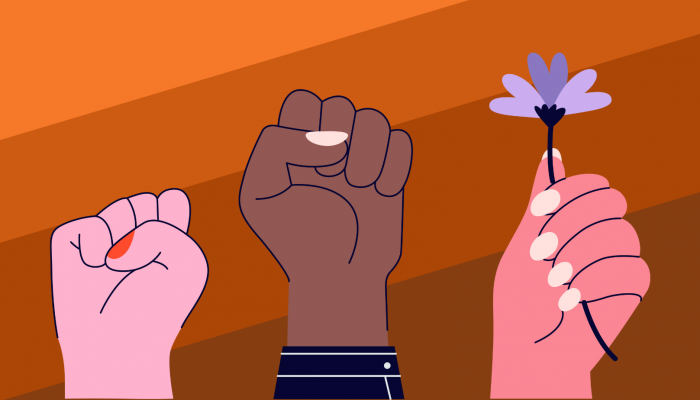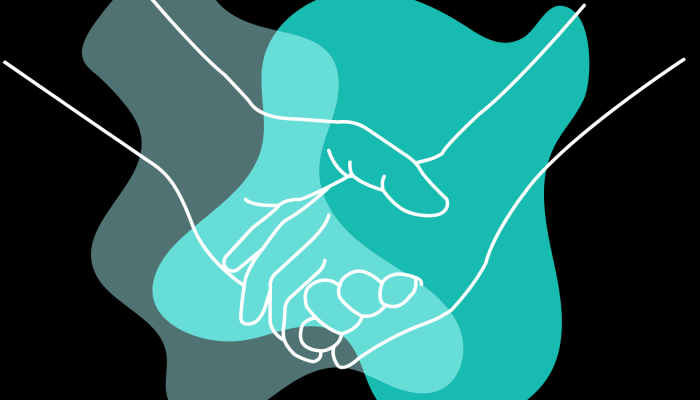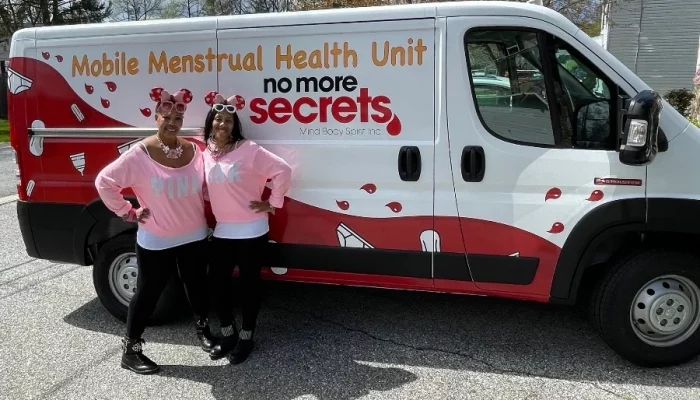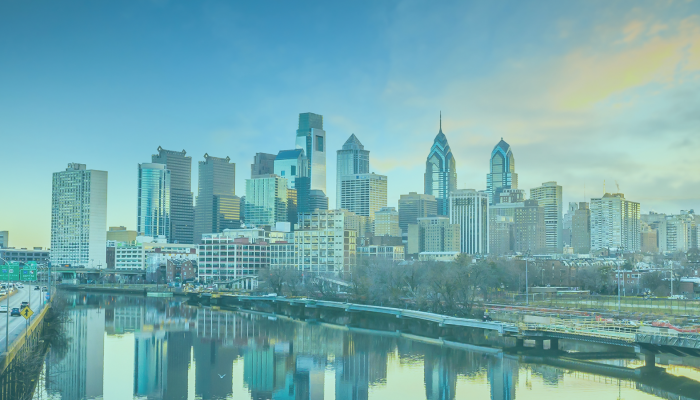by Liz Pride, Office of Domestic Violence Stategies
Women activists play crucial roles in advancing political causes and struggles for human rights. But too often, women’s contributions are not recognized. In observance of International Day to Eliminate Violence Against Women and Girls on November 25 and its 2022 theme, Unite! Activism to End Violence Against Women and Girls, we invite you to learn how you can engage with movements to create a safer world for women and girls.
The history of this day: The Mirabal sisters and November 25
For 31 years, the dictator Rafael Trujillo ruled the Dominican Republic. Trujillo’s regime was known for being corrupt and violent. It was responsible for an estimated 50,000 murders, especially targeting Haitians. People who opposed Trujillo faced intimidation, incarceration, and violence.
The Mirabal sisters, Patricia, Minerva, and María Teresa, grew up under this government and became activists against Trujillo. On November 25, 1960, the Mirabal sisters were returning home from visiting María Teresa and Minerva’s husbands in jail when Trujillo’s henchmen assassinated them. The brutal murders of the Mirabal sisters by this dictatorship resulted in national and international outcry. The attention on the government’s violence ultimately led to the assassination of Trujillo.
In 1981, a Latin American and Caribbean feminist conference decided to observe November 25 as a day to raise awareness of violence toward women in honor of the Mirabal sisters. Later, the United Nations (UN) adopted this day as the International Day to Eliminate Violence Against Women and Girls.
This year’s theme: Activists create change to end gender-based violence
The United Nations (UN) adopted November 25 as the International Day to Eliminate Violence Against Women and Girls in honor of the Mirabal sisters, activists in the Dominican Republic who opposed dictator Rafael Trujillo and were assassinated on November 25, 1960.
The UN chose this year’s theme, Unite! Activism to End Violence Against Women and Girls, to highlight the work of grassroots activists, especially because it is the five-year anniversary of the #MeToo movement gaining attention.
Large movements are not possible without the organizing and inspiration of individual activists. We can see this in the examples of Tarana Burke, the activist who founded #MeToo in 2006, the Mirabal sisters, and in many more. While these individuals are inspiring on their own, the activism they inspire in others is what pushes movements forward.
Violence takes many forms
A challenge facing activists is how violence against women is framed. It is not just an individual issue; it is a public health issue that affects all levels of society. The #MeToo Movement has highlighted that sexual abuse and harassment are common. Survivors of sexual abuse and harassment need resources and support for healing, but these are not isolated incidents. Workplaces, schools, and communities need policies that prohibit abusive behavior and make it simpler for survivors to get help. Gender-based violence like sexual abuse, intimate partner violence, and sex trafficking are forms of violence that are deeply connected to social and cultural norms.
Understanding violence against women as a public health issue means investing resources in educating communities and systems. It also means changing policies to prevent and respond to abuse earlier on. To end violence against women, we can’t just respond to it, we need to prevent it from happening in the first place.
Violence against women is often carried out by the State
The UN’s 1993 Declaration on the Elimination of Violence Against Women also recognizes that the State (meaning governments) can perpetrate or condone violence against women. Despite the progress of women’s rights and gender equality activism across the world, violence against women at the State level is still a serious human rights violation.
This kind of State violence against women can be seen in the murder of Mahsa (Zhini) Amini. Mahsa Amini was murdered by the morality police in Iran for “improperly” wearing her hijab on September 16, 2022. Her murder inspired women and young people across Iran to protest government policies that target women with violence. The refrain of these protests, which are ongoing, is “women, life, freedom.” Like the Mirabal sisters, Mahsa’s death has inspired many others to fight against government violence toward women.
State violence against women does not always include overt physical violence. State violence can also be in the limiting or elimination of women’s rights. For example, in the U.S. the Supreme Court decision in Dobbs v. Jackson Women’s Health Organization, ended federal protections to abortion access. Without that protection, many states enacted extreme restrictions or bans on abortion. Since then, women living in these states have had to seek medical care in other states, even in cases of nonviable pregnancies. Women in these states have also been denied medication for chronic medical conditions if those medications can also be used to treat ectopic pregnancies, miscarriage, or induce abortion. Denying women reproductive autonomy is a violent act, and at this level, perpetuated by governments. Fortunately, abortion is still legal in Pennsylvania. But state lawmakers frequently introduce new laws to try to increase restrictions.
This November 25, be the change in your community. Join the fight to end violence against women and girls along with activists across the world.
Learn more
- Follow UN Women to learn more about international efforts to eliminate violence against women.
- Watch this interview with Masih Alinejad, an Iranian activist and journalist.
- Learn about the green wave, the mass movement in Latin America fighting for reproductive freedom.
- Join the 16 Days Campaign between November 25 and International Day of Human Rights on December 10 to share action and awareness to end violence against women.
- Register for a Zoom roundtable on November 29 hosted by JustUs Advocacy for a New Narrative for a discussion on how Black youth experience gender-based violence and what can be done.
- Follow the “me too.” Movement to learn about efforts to end sexual violence




